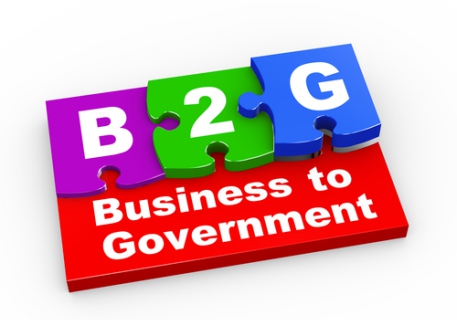Europe’s B2B/B2G E-Invoicing Rose 17% In 2013

New research examining trends among Europe’s e-invoicing service providers suggests more companies are moving away from paper-based billing. B2B and business-to-government e-invoicing alone last year grew to 603 million, representing 72 percent of all e-invoices processed by the surveyed companies in 2013.
Electronic invoicing is on the rise in Europe, as companies are processing fewer invoices through more-costly paper channels, new survey data suggest.
The European E-Invoicing Service Providers Association says its members last year processed and delivered 840.7 million electronic invoices in 2013, up 19.1 percent from 706 million a year earlier.
The international not-for-profit association, which formed in 2011 and represents Europe’s e-invoicing service providers, says its members now process and deliver more than half of all electronic B2B and business-to-government (B2G) invoices to European receivers. In 2013, those members processed 603 million direct and indirect B2B and B2G e-invoices, up 16.6 percent from 517.3 million the previous year, according to the survey findings.
Direct invoices represent those sent directly to customers; indirect ones are delivered to non-association service providers and to association services providers not participating in the survey. Broken out, the association’s members processed 463.5 million B2B/B2G direct e-invoices last year, up 18.7 percent from 390.5 million in 2012, and 139.5 indirect e-invoices, up 8.3 percent from 128.8 million.
“What the research clearly shows is that the adoption of e-invoicing and volumes of e-invoices from and between the companies has increased significantly,” Esa Tihilä, association co-chair and CEO of Basware, said in a statement. “We expect the adoption of e-invoicing to increase even more rapidly on a European and global scale as the benefits of e-invoicing are realized more widely with the support of regulatory standards and a supportive infrastructure.”
Association members also processed 237.7 million direct and indirect business-to-consumer invoices, up 26 percent from 188.6 million in 2012. Broken out, they processed 174.5 million direct e-invoices, up 10.7 percent from 157.7 million, and 63.2 million indirect ones, up 104 percent from 31 million.
The association says its member service providers are making a significant contribution to the adoption of electronic invoicing across both Europe and elsewhere. Service provider networks and services to buyers and suppliers contribute a growing and sizeable element of total e-invoice volume, and these services are more often than not preferred to direct connections between suppliers and buyers, which can be cumbersome to manage and do not take advantage of “network” effects, it said in the announcement of the survey findings.
“With [association] members processing at least half of all e-invoices in Europe, it is clear that our community of members is playing a vital part in making supply-chain automation a reality with its massive cost, efficiency and liquidity benefits,” Charles Bryant, association co-chair and European affairs adviser at Tungsten Network, said in a statement.
The member survey represented the first the association has conducted looking into its members’ e-invoicing activities. It plans to make the research an annual project to “provide fresh reliable data on e-invoicing from within the industry every year,” Bryant said.
